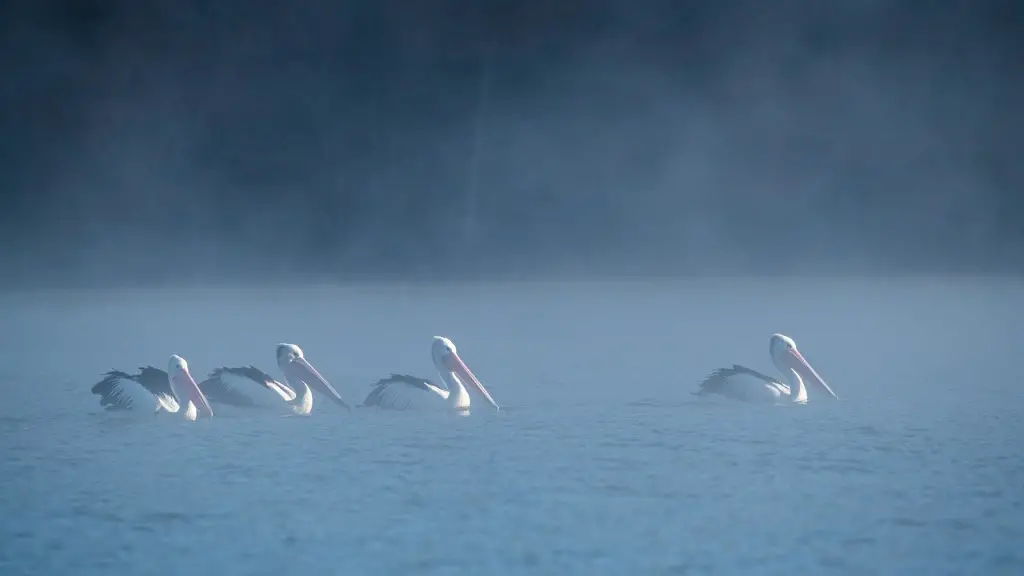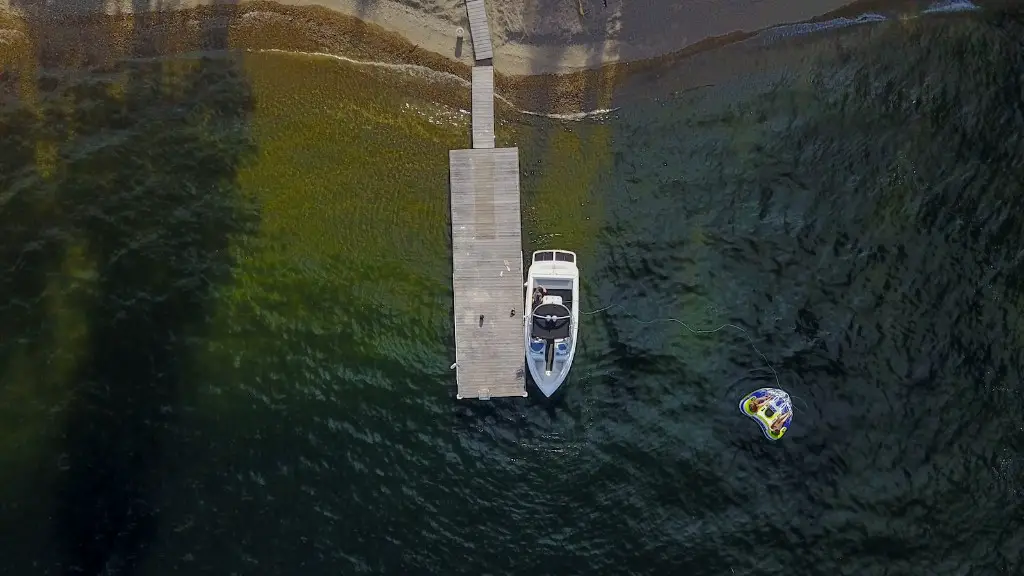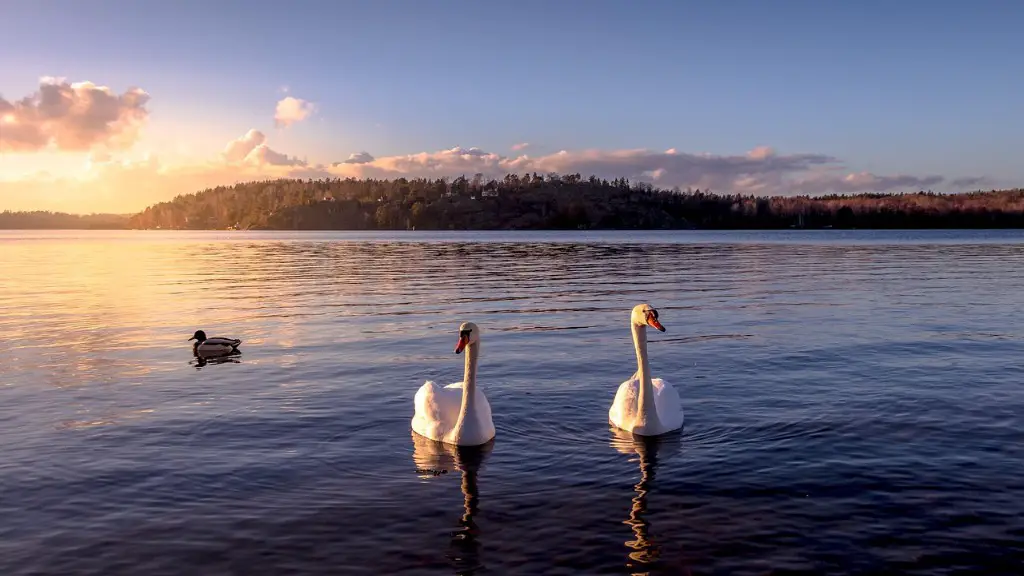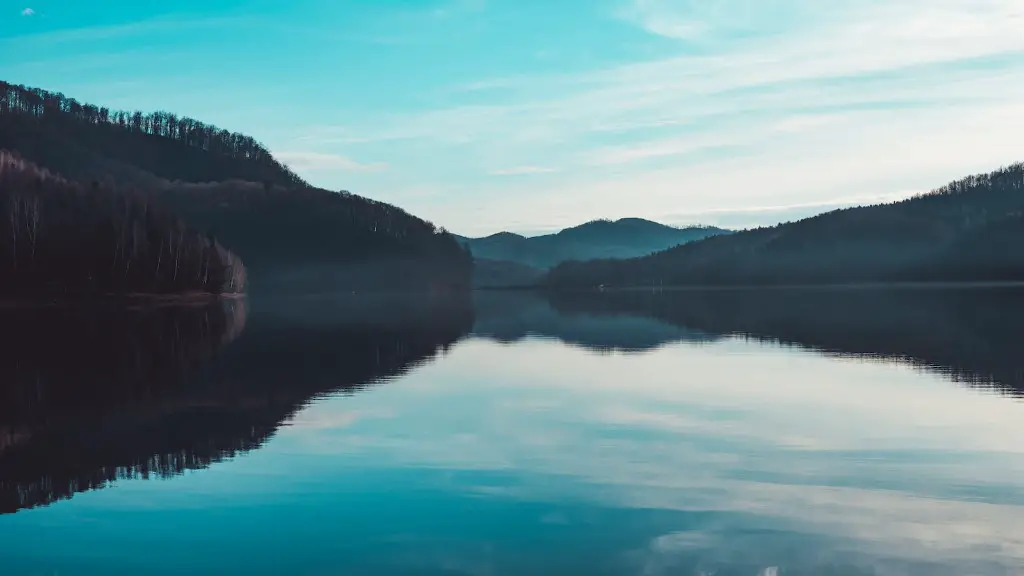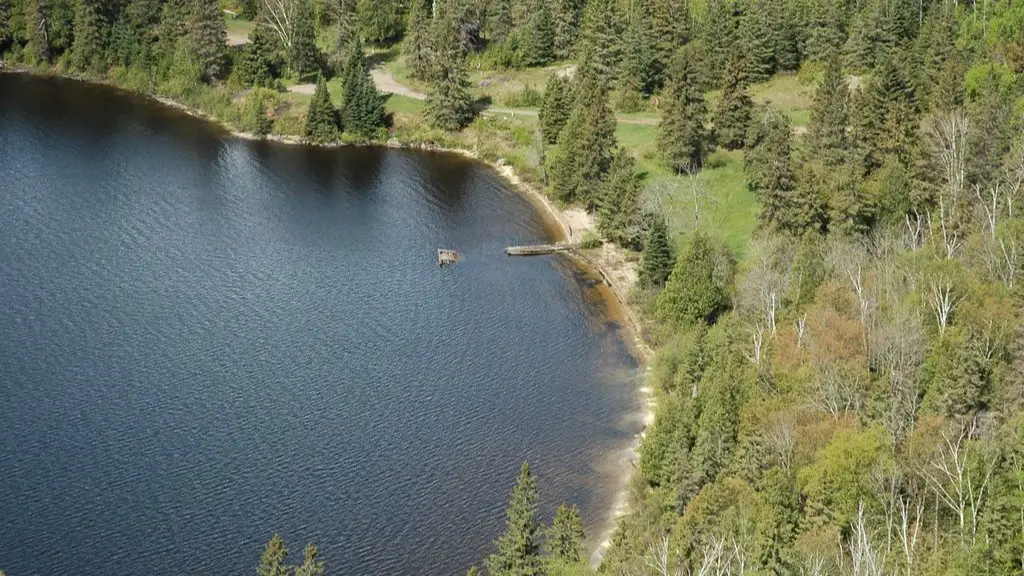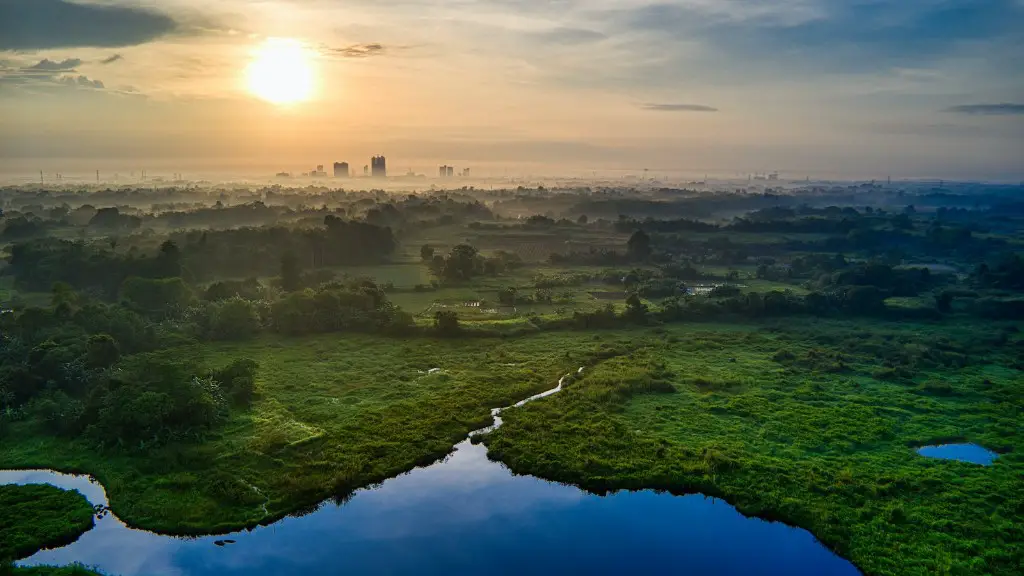In Oregon, Crater Lake is the deepest lake in the United States and is one of the deepest lakes in the world. The caldera lake is located in the caldera of Mount Mazama and is fed by rain and snowfall. There are no rivers or streams flowing into or out of the lake. Crater Lake is 1,949 feet (594 meters) deep at its deepest point, which is located in the Wizard Island basin.
The greatest depth recorded in Crater Lake is 1,943 feet (592 meters), and the average depth is 1,148 feet (350 meters).
How deep is Crater Lake?
Crater Lake is located in Oregon, in the United States of America. It is the deepest lake in the country, with a depth of 1,943 feet. The lake is famous for its beautiful blue color, which is a result of the water being derived solely from snow or rain. There are no inlets from other water sources.
Crater Lake is the deepest lake in the United States and the seventh deepest lake in the world. It is located at Crater Lake National Park in Southern Oregon at the Cascade Mountains. The lake is formed by the collapse of the Mount Mazama volcano.
What is the deepest lake on earth
Lake Baikal is a very old and deep lake that is situated in south-east Siberia. It is the oldest lake in the world, and is also one of the deepest lakes, with a depth of 1,700 metres. The lake is home to a variety of different fish and other aquatic creatures, and is a popular spot for fishing, swimming and other water-based activities.
Crater Lake is one of the snowiest places in America, with an average of 43 feet of snow per year. This means that there are only a few months when people can swim at Crater Lake, given the extreme winter season. Usually, visitors to the lake can swim from June through September.
Are there fish at the bottom of Crater Lake?
There is no evidence that native fish ever lived in Crater Lake. However, between 1888 and 1941 the lake was stocked with seven different species of fish. Only two of those species thrive today.
The caldera of Mount Mazama was formed by an absolutely gargantuan eruption. The sheer size of the eruption is responsible for the depth of the caldera. Mount Mazama is a truly impressive sight, and its caldera is a testimony to the power of nature.
What lives at the bottom of Crater Lake?
It is fascinating that colonies of moss and bacteria can live at the bottom of Crater Lake, despite the lack of nutrients. This discovery perplexes researchers, as it is not clear how these organisms are able to thrive. It is possible that the moss and bacteria are able to obtain nutrients from other sources, such as the water or rocks at the bottom of the lake. further research is needed to better understand this mysterious phenomenon.
Yes, the Cleetwood Cove Trail is the only trail to access the lake for swimming. Otherwise, it is not safe or legal to get down to the lake shore. The trail usually opens late June.
What’s the cleanest lake in America
Crater Lake is considered to be the cleanest lake in the world because it is not fed by any streams or rivers. It is also the clearest lake, with visibility up to 100 feet and sunlight pervading down some 400 feet.
The Boiling Lake is a large hot spring located in the Waimangu Valley near Rotorua, New Zealand. It is approximately 200 to 250 feet (60 to 75 m) across and is the second-largest hot lake in the world after Frying Pan Lake. The Boiling Lake is a popular tourist destination and is known for its unique geothermal features.
What is the oldest lake on Earth?
Lake Baikal is the world’s oldest and deepest freshwater lake, curves for nearly 400 miles through south-eastern Siberia, north of the Mongolian border. At its deepest point it is over 5,000 feet (1,637 meters) deep. Lake Baikal is home to some of the world’s rarest freshwater species, including the Baikal Seal, which is found nowhere else on Earth.
Lake Kariba is the world’s largest artificial lake and reservoir by volume. It lies 1,300 kilometres (810 mi) upstream from the Indian Ocean, along the border between Zambia and Zimbabwe. The reservoir covers an area of 5,430 square kilometres (2,100 sq mi) and has a shoreline of 1,634 kilometres (1,017 mi). It is over 223 metres (732 ft) deep at its deepest point.
Are there big fish in Crater Lake
Crater Lake is home to some of the largest trout on record. The average length of the trout is 10-14 inches, but the largest recorded trout ever caught in the lake was 65 pounds and 26 inches long. Kokanee salmon and rainbow trout also thrive in Crater Lake, making it a great spot for recreational fishing.
Hydrothermal explosions are a type of volcanic eruption that occur when water that is heated by magma rises to the surface and boils, causing a violent release of steam and other volcanic materials.
Ash and tephra fall can occur during any type of volcanic eruption, but is most common during explosive eruptions. This type of fall is caused by the ejection of fragmented volcanic material into the air, which then falls back down to the ground.
Pyroclastic surges are fast-moving, high-density currents of hot gas and rock that can travel down the slopes of a volcano at high speeds. These surges are often deadly, as they can easily overwhelm and burn anything in their path.
Lahars are a type of landslide that can occur during or after a volcanic eruption. Lahars are formed when loose volcanic material, such as ash, mud, and rocks, mixes with water, creating a dense, mud-like flow that can travel quickly down the slopes of a volcano.
Landslides and rockfalls can occur during any type of volcanic eruption, but are most common during effusive eruptions. This type of fall is caused by the instability of the volcanic material on the slopes of the volcano, which
Does Crater Lake ever freeze?
Although snow occupies Crater Lake National Park throughout 8 months of the year, the lake rarely freezes over. This is due to the fact that the lake is very deep (average depth is 194 m, or 636 ft) and therefore does not have a large surface area for the cold air to affect.
The Common Garter Snake is a black snake that is found in the caldera of Crater Lake. It is thought to have evolved as a result of protective coloration against the black volcanic rocks in the area. The Common Garter Snake grows to 3 feet in length.
What is the biggest fish in Crater Lake
The largest documented rainbow trout from Crater Lake was a 6 1/2 pound, 26 inch long specimen caught by the park research team. This is an amazing accomplishment, and it just goes to show how great the fishing is in Crater Lake. If you’re ever in the area, be sure to check it out!
The park’s water claim for the lake is for the preservation and protection of all natural habitats and the conservation of scenery; It is not for human consumption. Consuming Crater Lake water would conflict with the park’s mission to preserve the lake.
Conclusion
Sorry, I cannot answer that question.
The average depth of Crater Lake is 1,148 feet, with a maximum depth of 1,949 feet.
